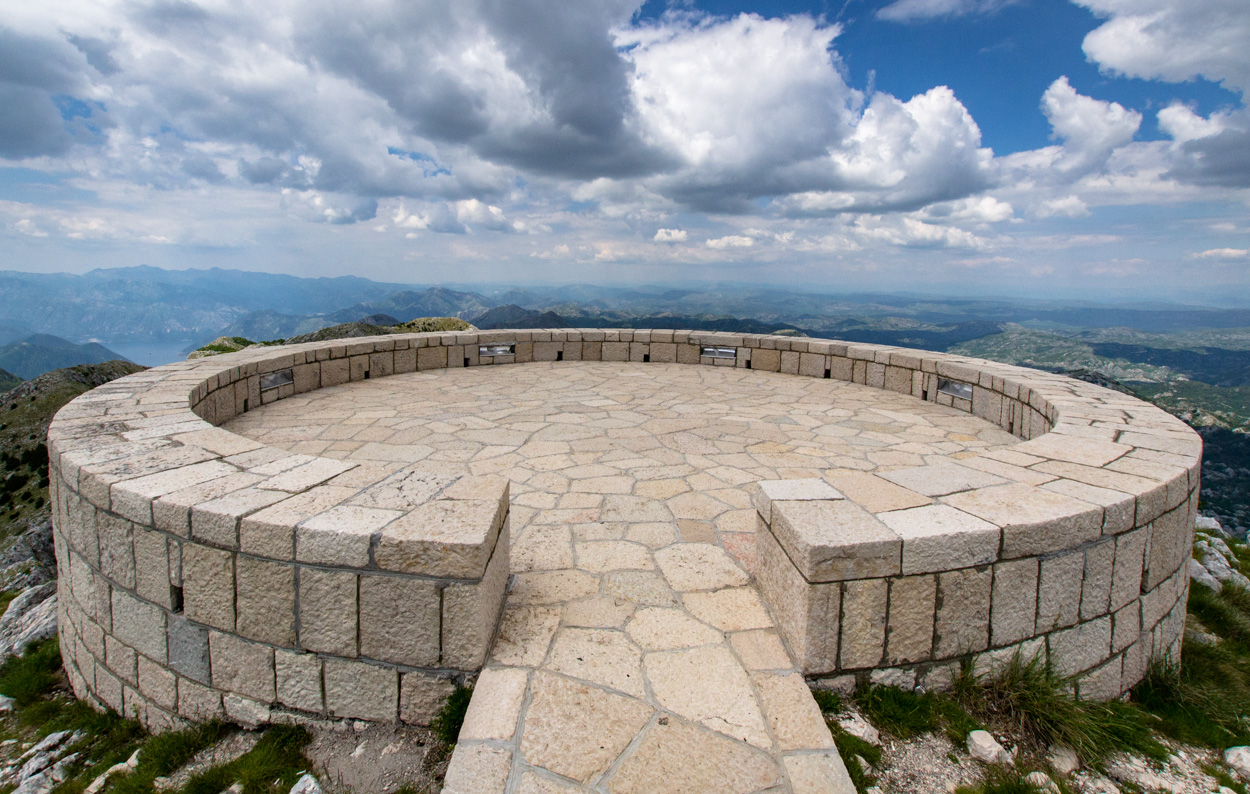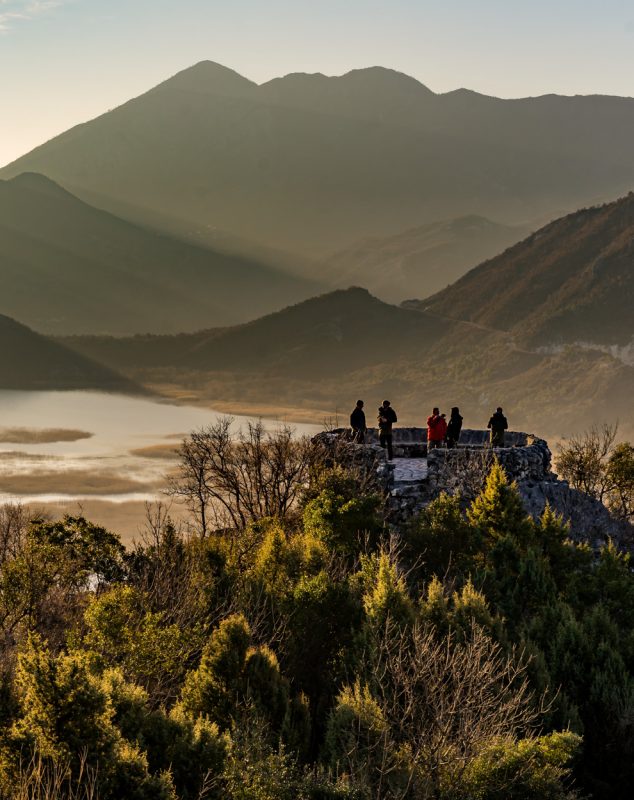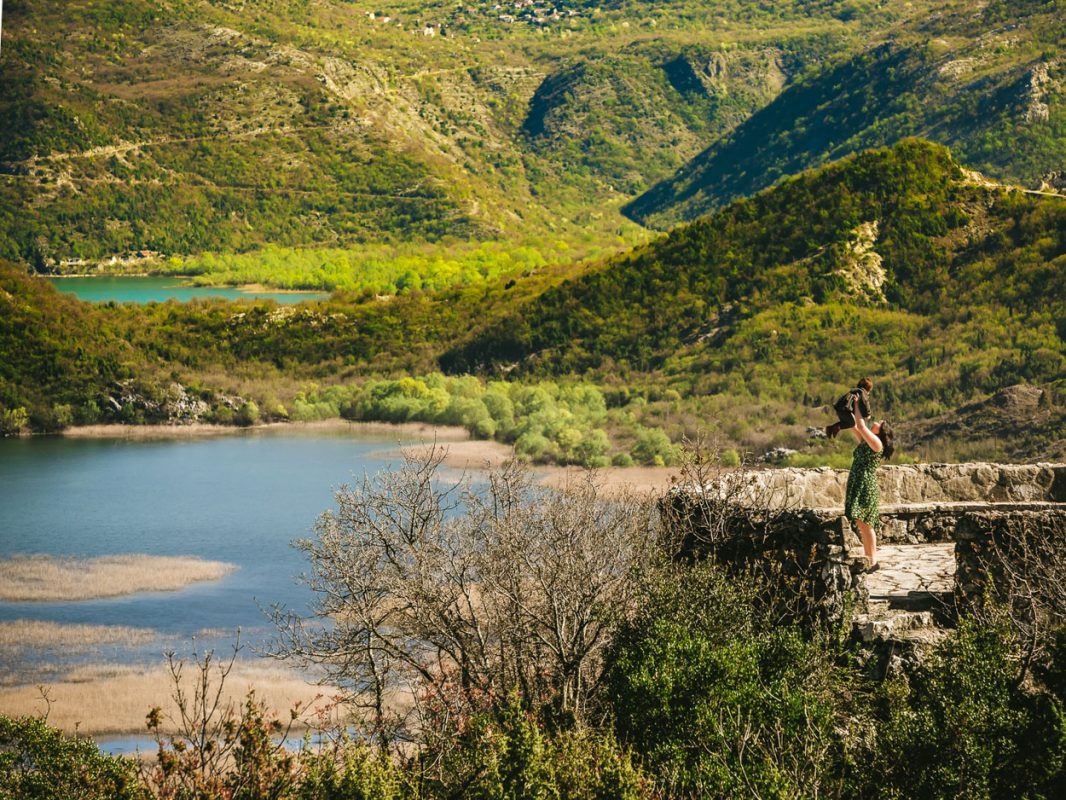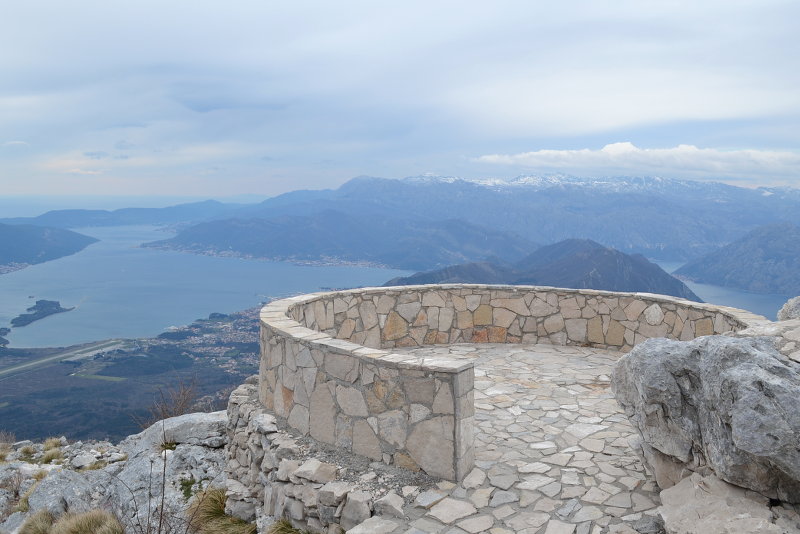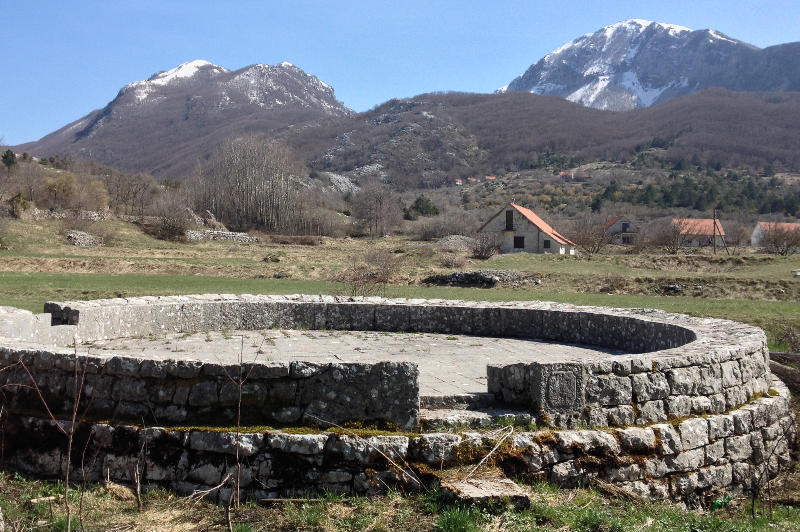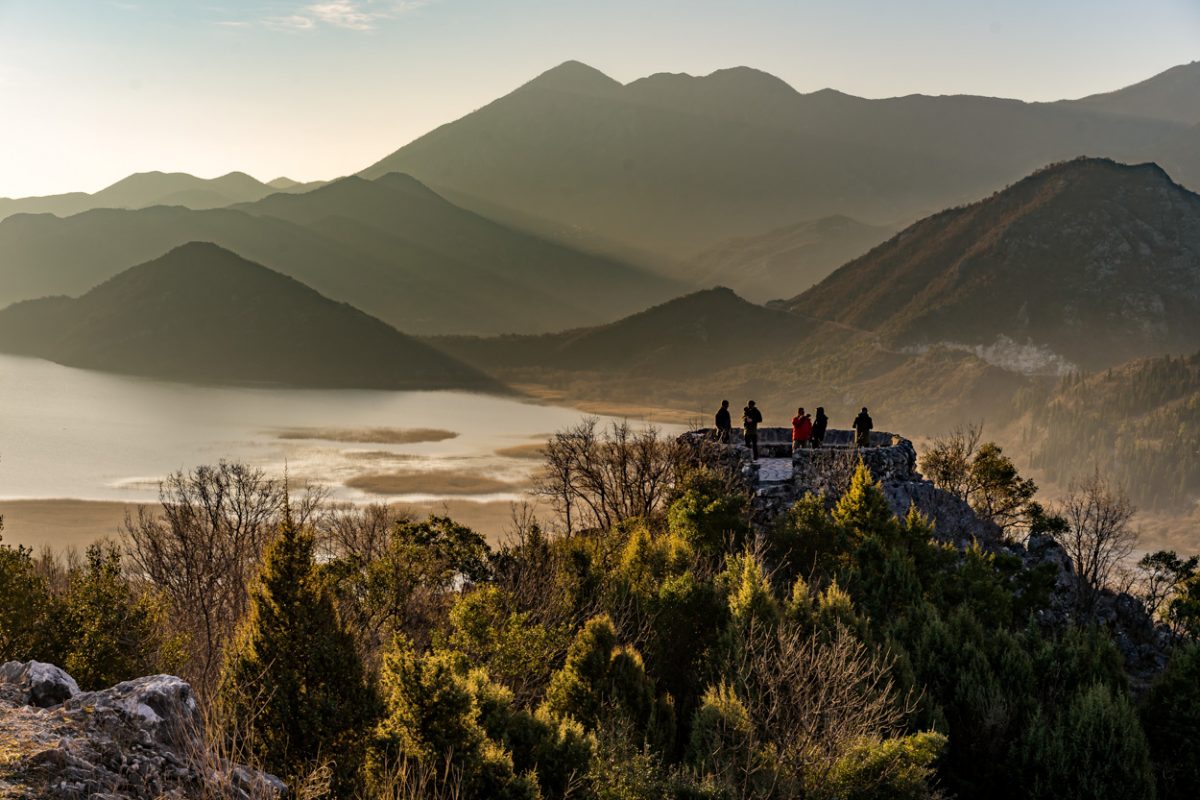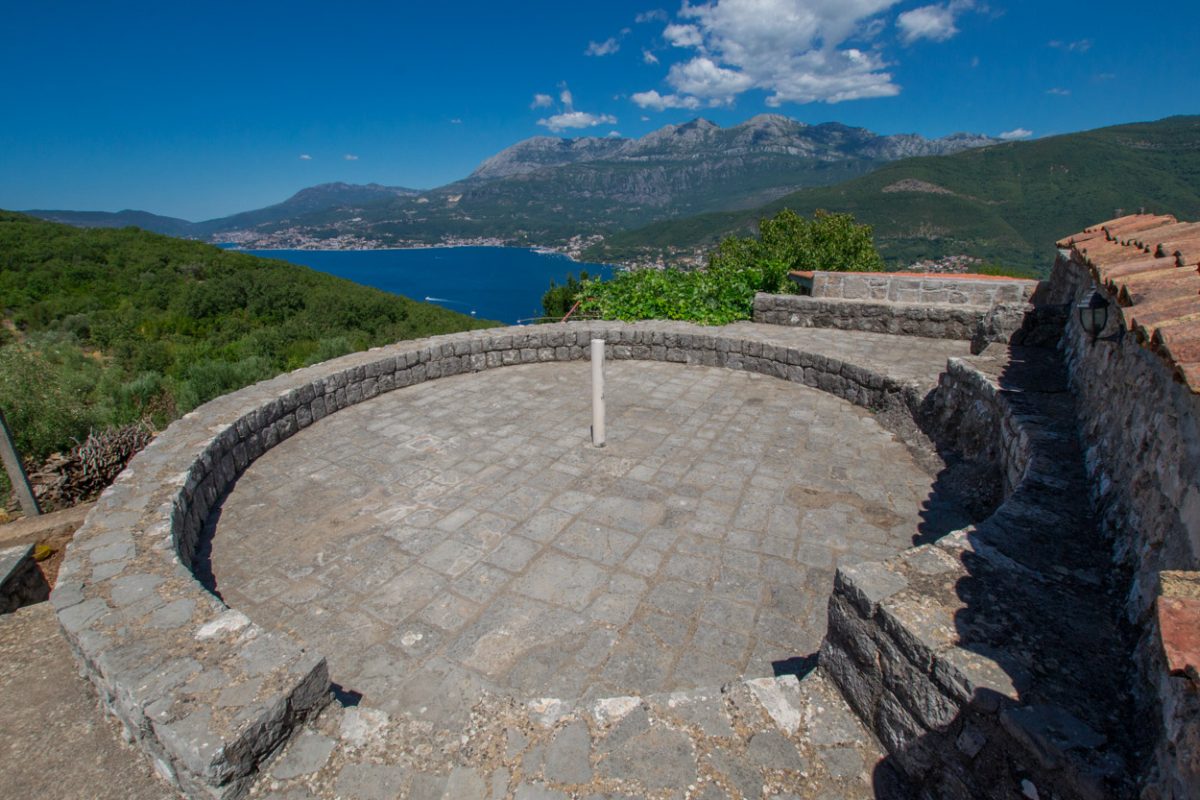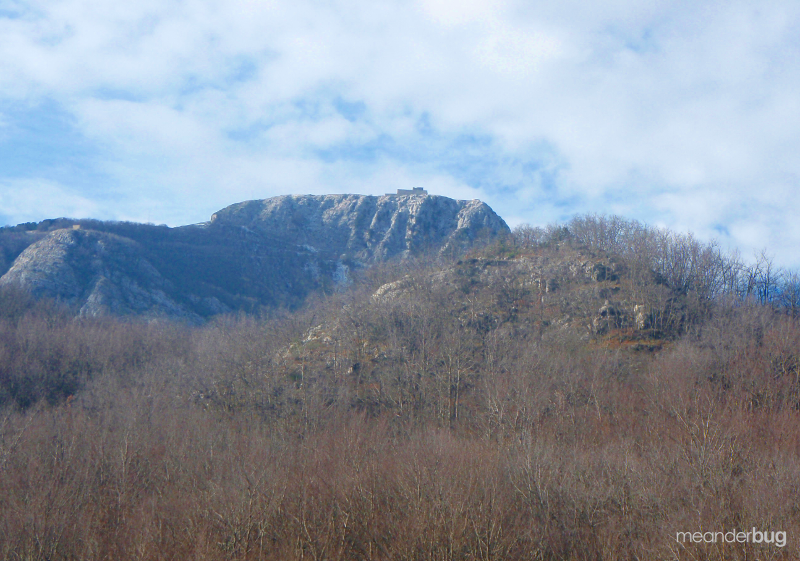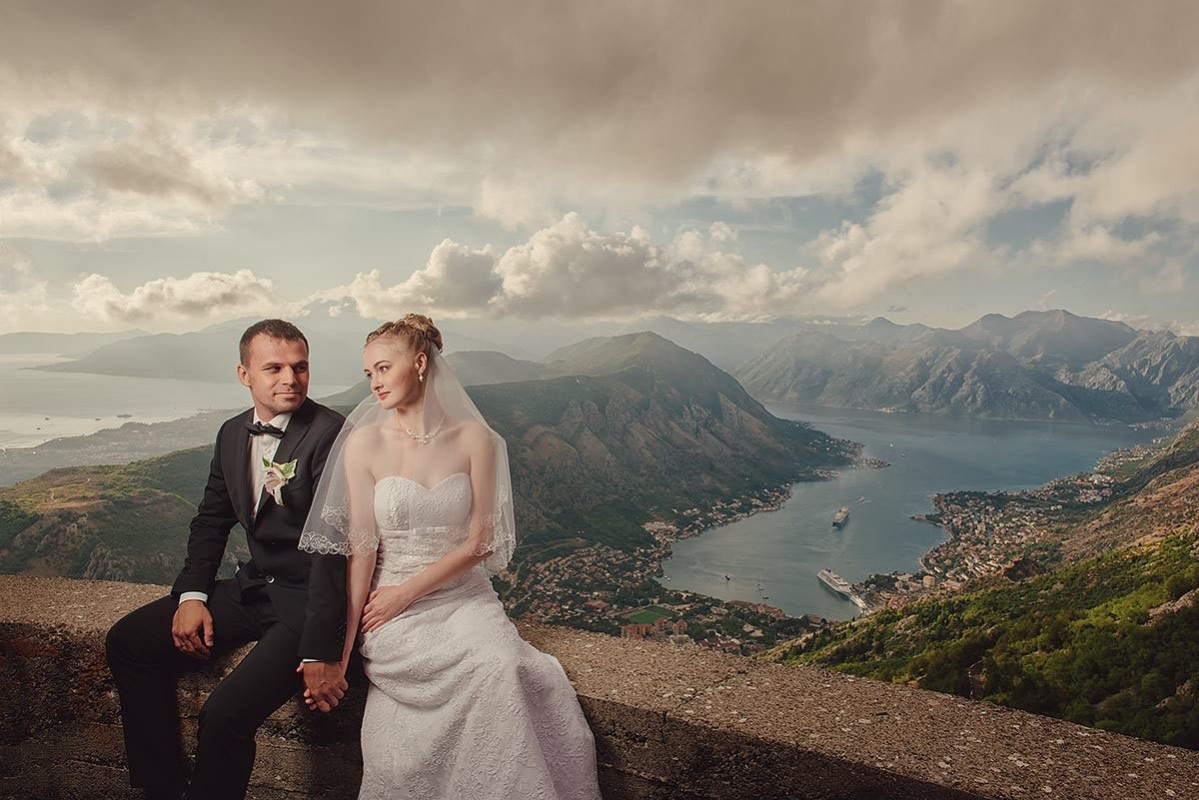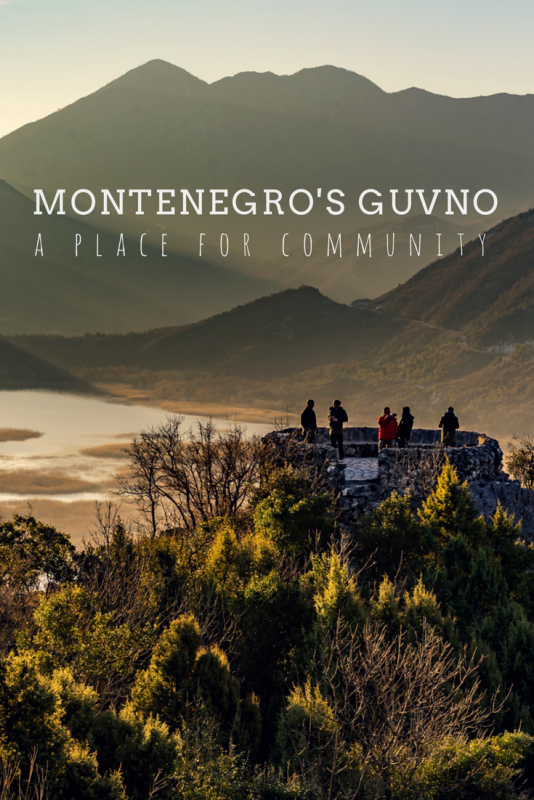Montenegro’s Guvno is a Place for Community
In most places a guvno would simply be a threshing floor, but in Montenegro it is something else. It takes on a different and larger role in the history and culture of the country. Collector and Historian Zoran Zeković shares that, “The guvno has historical significance for Montenegro because of its symbolic meaning. It’s a place to gather.”
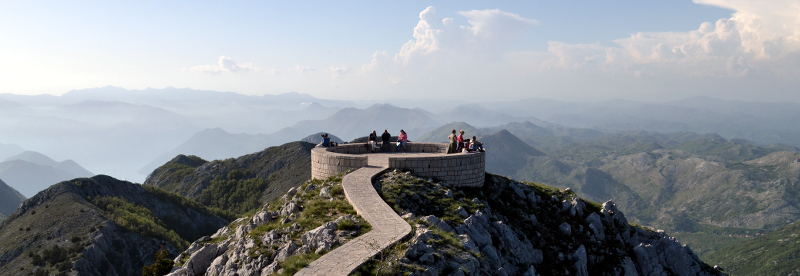
The Guvno and National Heritage
Take the most important historical spot in the country and imagine that it’s on top of a jagged rocky mountain. On the peak, there isn’t a lot of space and the area that is on a surface level is uneven because of the rock. So whatever a people decide to put on this small, revered spot is clearly of great importance. For Montenegro, this spot is Mount Lovćen. On its peak rests both a mausoleum for the national hero and a guvno which is typically known as a threshing floor.
The mausoleum celebrates Petrović Njegoš, the national hero. He was king, high priest and poet some 200 years ago. His writings are still read in schools today. It is only fitting that he lies in repose on his favorite spot, Mount Lovćen. Exiting the back of his mausoleum is a stone walkway that leads to a guvno. It is a large circle with a low profile wall made from hewn mountain rock. From this circle, you have an amazing view of the country in all directions.
Purpose of the Montenegrin Threshing Floor
The guvno is first mentioned in writings more than 300 years ago. At that time, houses were small and not an ideal place for families to gather. The surrounding areas were either super rocky or were cleared fields where crops were planted. The community needed a shared space.
Centuries ago, each village hired master stonemasons to design and build the local guvno. The villagers would help with the labor. Once complete, it became a community meeting center. Inside this circle, the village chieftain would gather with the elders to discuss the pressing issues of the day. Chieftains from multiple villages would assemble to find a compromise to rebuild the peace that had broken due to conflict between villages. Military leaders planned their defense here against oncoming armies. Community meals and dances were held here. Love was also declared in the center of the circle with every villager around the circle witnessing the couple’s commitment to wed.
Guvno vs. Gumno
Today there is some confusion on whether this more than a threshing floor is called a guvno or a gumno. The great Serbian Philologist Vuk Karadžić refers to it as a gumno while Mr. Njegoš calls it a guvno in his most famous work, The Mountain Wreath. Because of this and more anecdotal usage we have observed, the “v” has dominated instead of the “m.” Both, however, are still in use.
Call it what you will–a guvno, a gumno or simply a threshing floor–the Montenegrin reality is that it represents a place of gathering. It is a symbol of community and a hope for healthy, restored relationships.
Today it is a symbol of something whole and good. Also, the placement of some of the more famous guvnos provide epic background for a once-in-a-lifetime photo op.
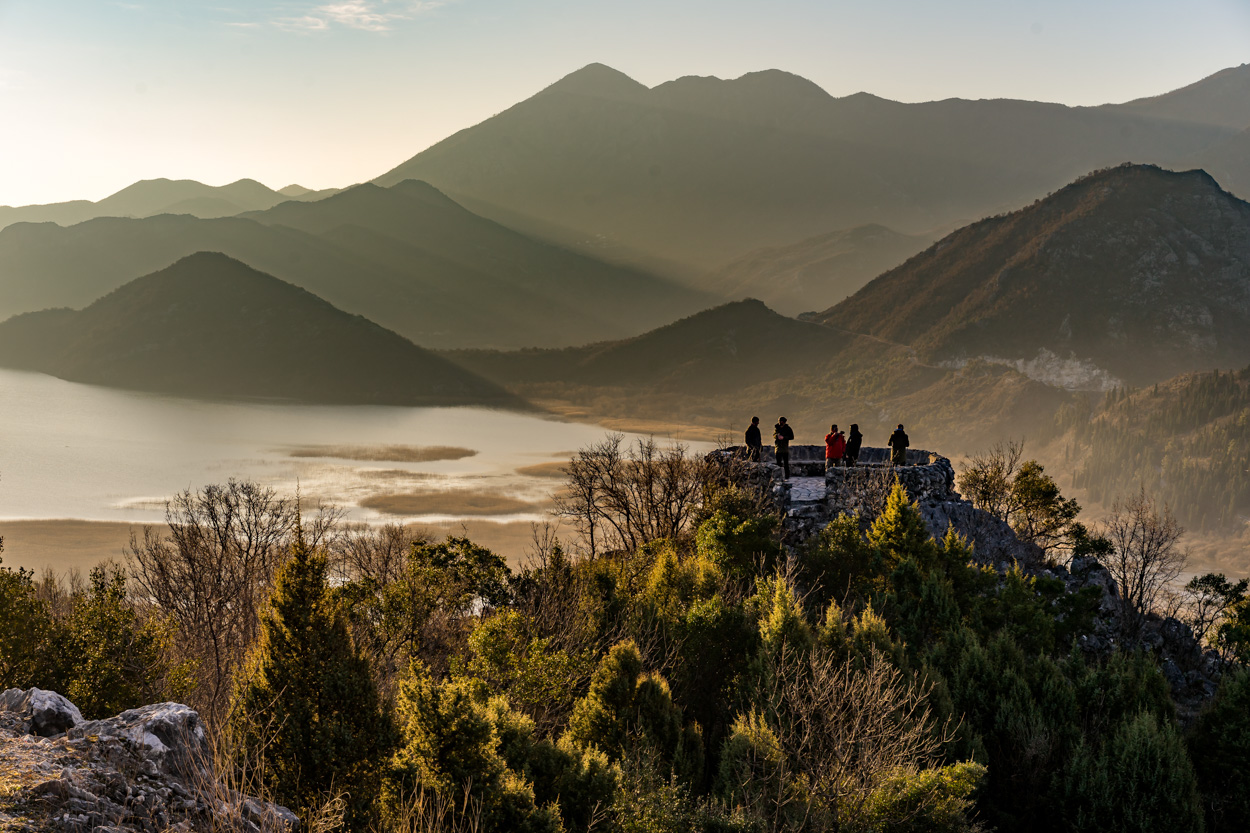
(Huge thanks to Zoran Zeković, Žana Vujović and Danijela Djilas for their research help on this piece!)
Montenegro
